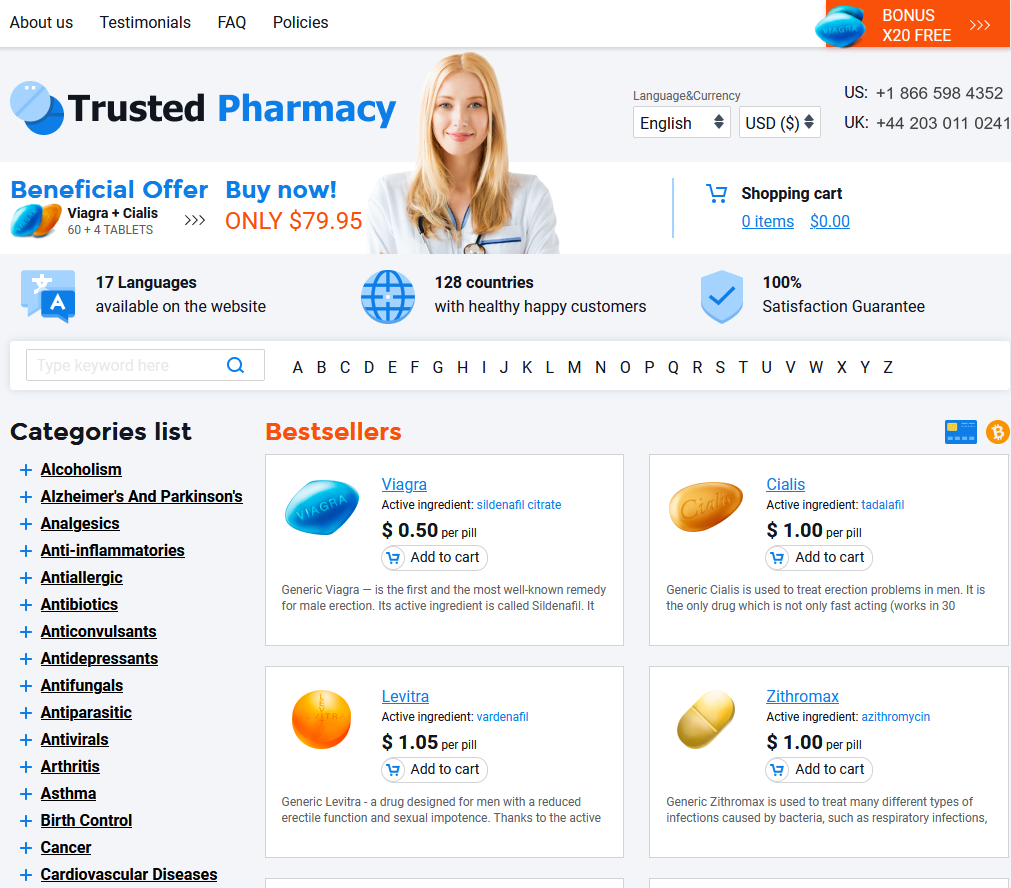Understanding How Ozempic Affects Your Appetite
When starting Ozempic, many people notice a shift in the way they view food. This medication works by mimicking a hormone in your body that helps regulate hunger, making you feel full sooner and for longer. As a result, you may find that your cravings for snacks or large meals start to fade.
This effect can feel surprisingly empowering. Instead of struggling with willpower alone, you have added support, which can make healthy eating choices easier to sustain over time. However, it’s important to recognize the difference between true hunger and eating out of habit or emotion.
| Ozempic’s Appetite Effects | What You Might Notice |
|---|---|
| Delayed Stomach Emptying | Feeling full for longer periods |
| Reduced Hunger Hormones | Decreased frequency of cravings |
Essential Nutrients to Prioritize While on Ozempic

When starting ozempic, it’s helpful to rethink your plate, focusing on nutrients that nourish your body and keep you feeling satisfied. Protein is a key building block—lean meats, fish, eggs, or plant-based sources like lentils and tofu help maintain muscle, promote fullness, and regulate blood sugar swings. Don’t overlook fiber; high-fiber veggies, beans, and whole grains slow digestion and can prevent the spikes and crashes that often come with carbohydrate-heavy meals.
Healthy fats are also worth including in your daily routine. Avocado, olive oil, nuts, and seeds aid in satiety and support heart health, which is especially important if you’re managing diabetes or weight. Meanwhile, don’t forget vitamins and minerals—fill half your plate with colorful fruits and vegetables for immune support and energy.
As ozempic changes your hunger patterns, balancing meals with these essentials helps you feel satisfied on smaller portions. This approach not only supports the medication’s effects but also encourages long-term, sustainable wellness so every meal becomes a meaningful step forward.
Foods to Embrace for Better Blood Sugar Control
When taking Ozempic, embracing nutrient-dense foods can make a significant difference in managing your blood sugar. Whole grains like quinoa and brown rice release energy slowly, keeping blood glucose steady and minimizing spikes. Alongside grains, non-starchy vegetables such as spinach, broccoli, and peppers offer essential fiber and vitamins that promote fullness with minimal impact on sugar levels.
Lean proteins, including fish, chicken, and tofu, act as satisfying anchors for meals. They stabilize energy and help prevent the hunger swings that might lead to unhealthy snacking. Healthy fats—think avocado, olive oil, and nuts—further enhance satiety, making it easier to maintain steady eating patterns.
Balancing these food groups supports the appetite-regulating properties of Ozempic, allowing you to enjoy satisfying meals while working toward improved health outcomes.
What to Avoid: Foods That May Hinder Progress

It’s tempting to indulge in sugary treats, but foods packed with added sugars can spike your blood sugar and counteract the benefits of Ozempic. Highly processed snacks, white breads, and pastries break down quickly, leading to rapid glucose fluctuations and increased cravings. Fried foods and those rich in saturated fats can slow digestion, often resulting in stomach discomfort—something Ozempic users commonly experience. Be mindful of sugary drinks and even certain fruit juices, as they can quietly add empty calories. By steering clear of these choices, you're supporting your medication’s potential and setting yourself up for smoother blood sugar management and improved overall health.
Mindful Eating Tips to Support Ozempic’s Effects
Eating slowly and savoring each bite can make a big difference when using Ozempic. Try putting down your fork between bites and give your body time to sense fullness. This helps prevent overeating and supports weight loss goals. Paying attention to hunger and satisfaction cues can reduce the urge for mindless snacking. Consider keeping distractions like screens away during meals, allowing you to truly enjoy food and stay aware of portions.
| Mindful Eating Practices | Benefits with Ozempic |
|---|---|
| Eat slowly | Improves fullness awareness |
| Remove distractions | Reduces overeating |
| Pause between bites | Helps portion control |
Hydration Hacks: Why Water Matters Even More
Drinking enough water becomes even more crucial while taking Ozempic, as dehydration can worsen common side effects like nausea or constipation. Staying hydrated also helps your body process glucose more efficiently and promotes satiety, making it easier to manage appetite changes.
Aim to keep a water bottle nearby and take small sips throughout the day rather than waiting until you’re thirsty. Add a slice of lemon, cucumber, or a few berries to make hydration more appealing and flavorful as part of your daily routine.

